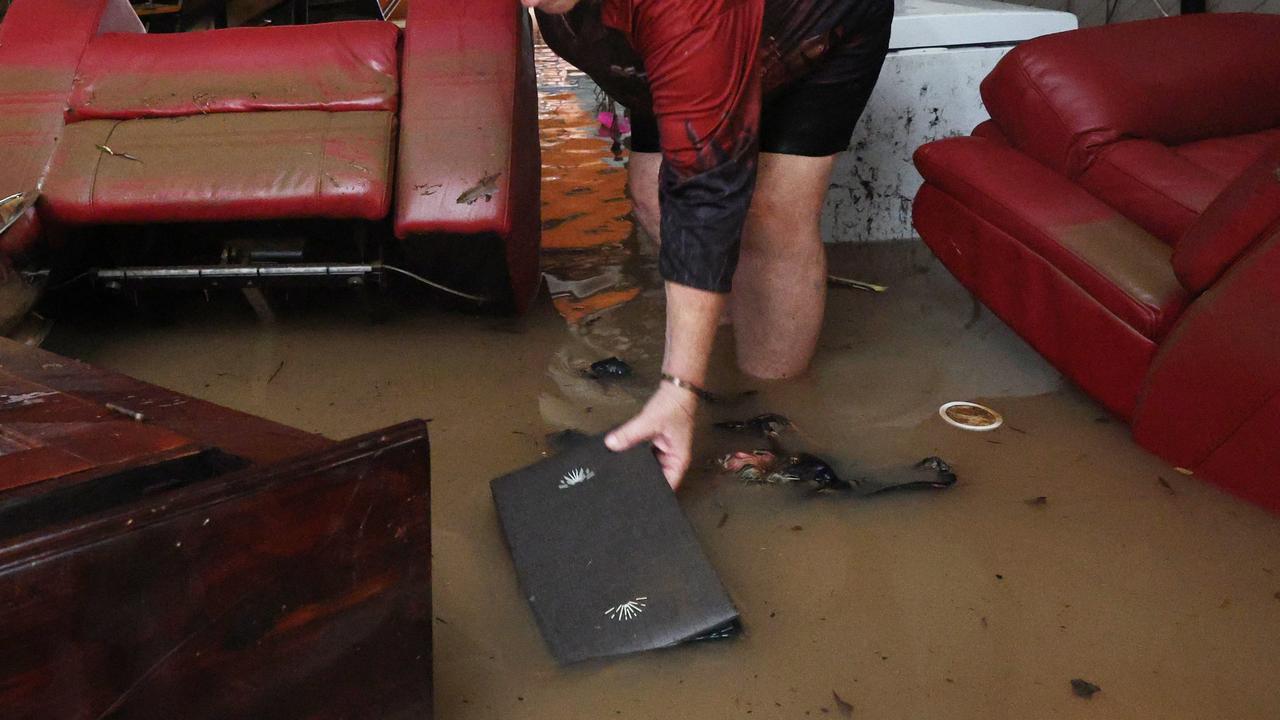$2m was given to Aurukun School just before attendance crisis, $100k for ‘shaman’ consultant
State and federal governments gave over $2m in funding to the Aurukun State School in a deal to improve school attendance but rather than improving, attendance rates plummeted.
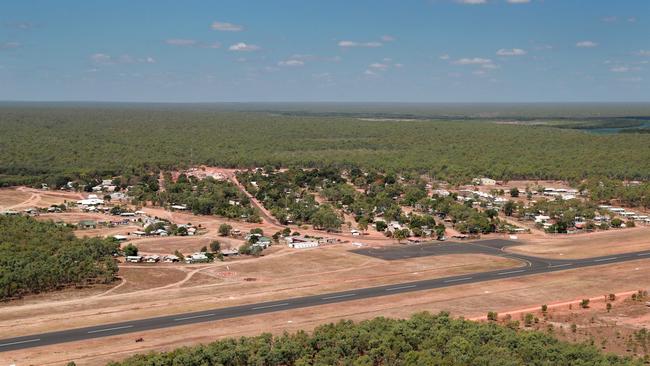
Cairns
Don't miss out on the headlines from Cairns. Followed categories will be added to My News.
State and federal governments gave over $2m in funding to the Aurukun State School in a deal to improve school attendance but rather than improving attendance, rates plummeted.
In January 2022 the federal government granted the Aurukun State School $750,000 from the Remote Schools Attendance Strategy fund to improve attendance there.
The Department of Education said that through the implementation of their Remote School Attendance Strategy they had “buses to pick up students for school, staff undertaking home visits and rewards for regular student attendance” at the school.
However, data from the Australian Curriculum, Assessment and Reporting Authority shows 29 per cent of enrolled students attend Aurukun State School, which runs classes from prep to year 12 in term 3, 2023.
In the first term of 2022, the enrolment rate was 34 per cent and 3 per cent attended 90 per cent of the time.
In 2023 just 1 per cent attended 90 per cent of the time.
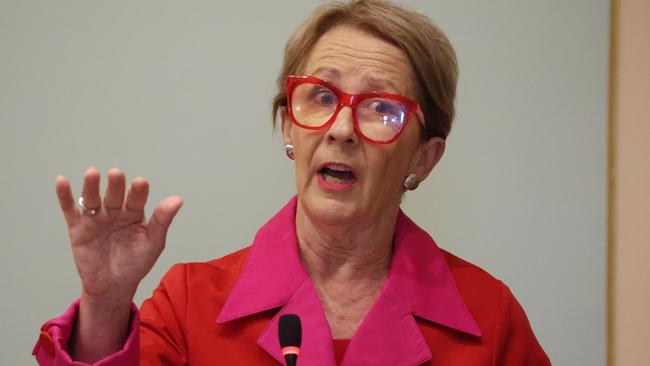
Five years ago the attendance was 55 per cent with 17 per cent of students attending 90 per cent of the time.
Before the federal government’s $750,000 grant, the state government granted the school a $1.3m Local Community Engagement Co-design program in 2021.
Among its aims are to improve grades and “improve the attendance of Aboriginal students and Torres Strait Islander students”.
However, school attendance at the school dropped from 38 per cent to 29 per cent from 2021 to 2023, with those attending 90 per cent of the time dropping from 10 per cent to one per cent.
Staff at the school say the funding has been ineffective and with most of it going to the school board to administer, attendance at the school has hit “rock bottom.”
Indigenous groups say they would like school attendance dealt with by local community organisations in remote communities.
The Queensland Education Department confirmed that “additional funding of $1.3m has been provided to commence delivery of the Local Community Engagement Through Co-design project”.
News Corp understands that despite the funding injections several staff at the school have described it as having “undeniably near third world conditions”.
“I know what these kids’ futures will be like if they do not get the support they need and it should weigh heavily on everyone’s conscience” one staff member said.
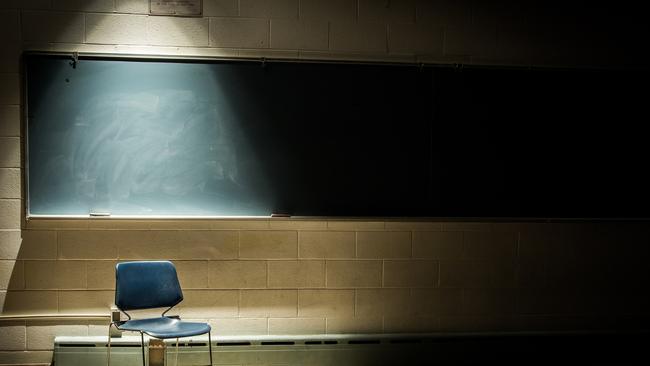
Some staff have also criticised the engagement of a fly-in, fly-out consultant who is paid a six-figure yearly salary to “advise the school board on leadership” but perform “shaman-like” practices on students.
“Without knowledge or approval from the local families he performs Sharman-like practices on the students, releasing the negative energy and the anger,” a source told the Cairns Post.
The man is not of Wik heritage but part Torres Strait Islander and part Tongan.
“Wik people have their own Wik healing practices. If local elders found out about it they would probably consider it a voodoo practice that would lead to bad things happening,” the source said.
But the Queensland Education Department spokesman said: “Ms Baressa Fraser, principal of Aurukun State School and highly respected local Wik woman, engaged the man as a contractor to undertake work to support the school.”
The department said “the man’s heritage … does not impact his work supporting the school, and no concerns have been raised with the leadership team regarding his work.”
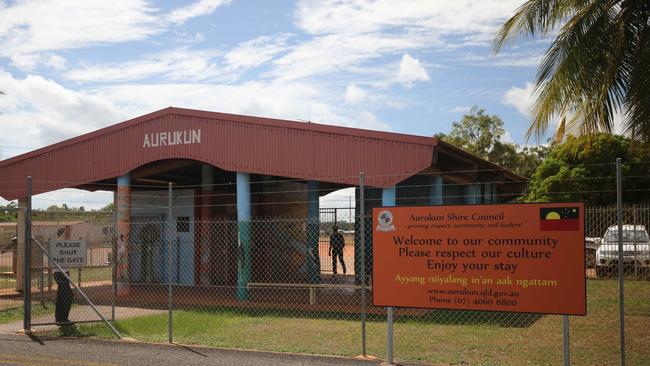
The federal Remote Schools Attendance Strategy grant is only a fraction less than the annual recurring funding given to the school, which averages around $1.1m a year.
The state government provides the Aurukun school with $4.4m in recurrent funding per year. Education Department data shows the per student funding spent at the Aurukun school from both levels of government dropped from $29,357 per student per year in 2018 to $27,431 at the last count in 2022.
However, this is still higher that the per student yearly spend for most high schools in the Far North – including Cairns State School ($17,815 per student per year), Cairns West State School ($20,306), Trinity Bay State School ($17,884), Innisfail State School ($21,393) and Mareeba ($19,436).
More Coverage
Originally published as $2m was given to Aurukun School just before attendance crisis, $100k for ‘shaman’ consultant




